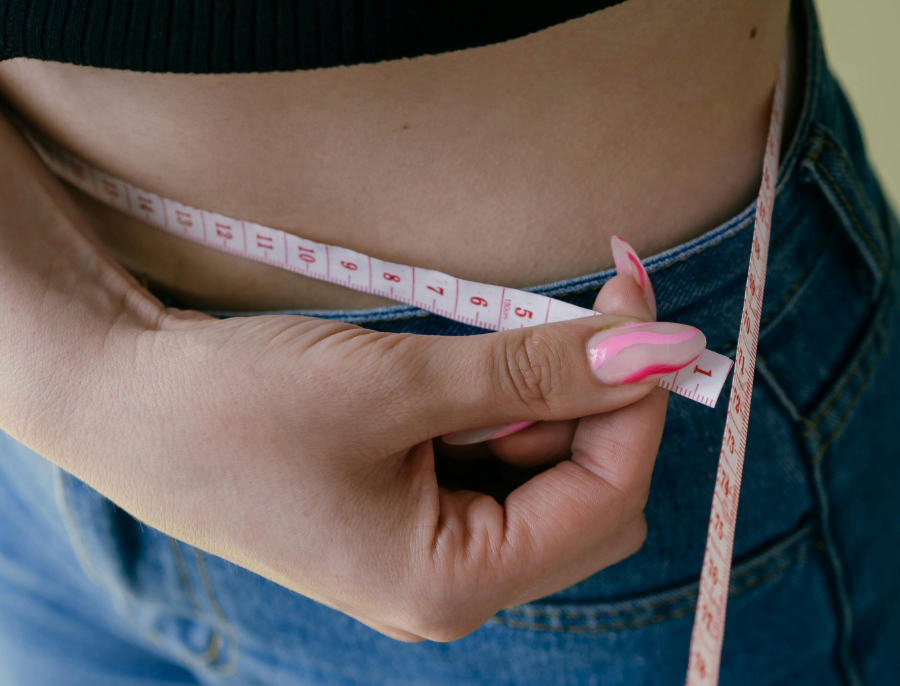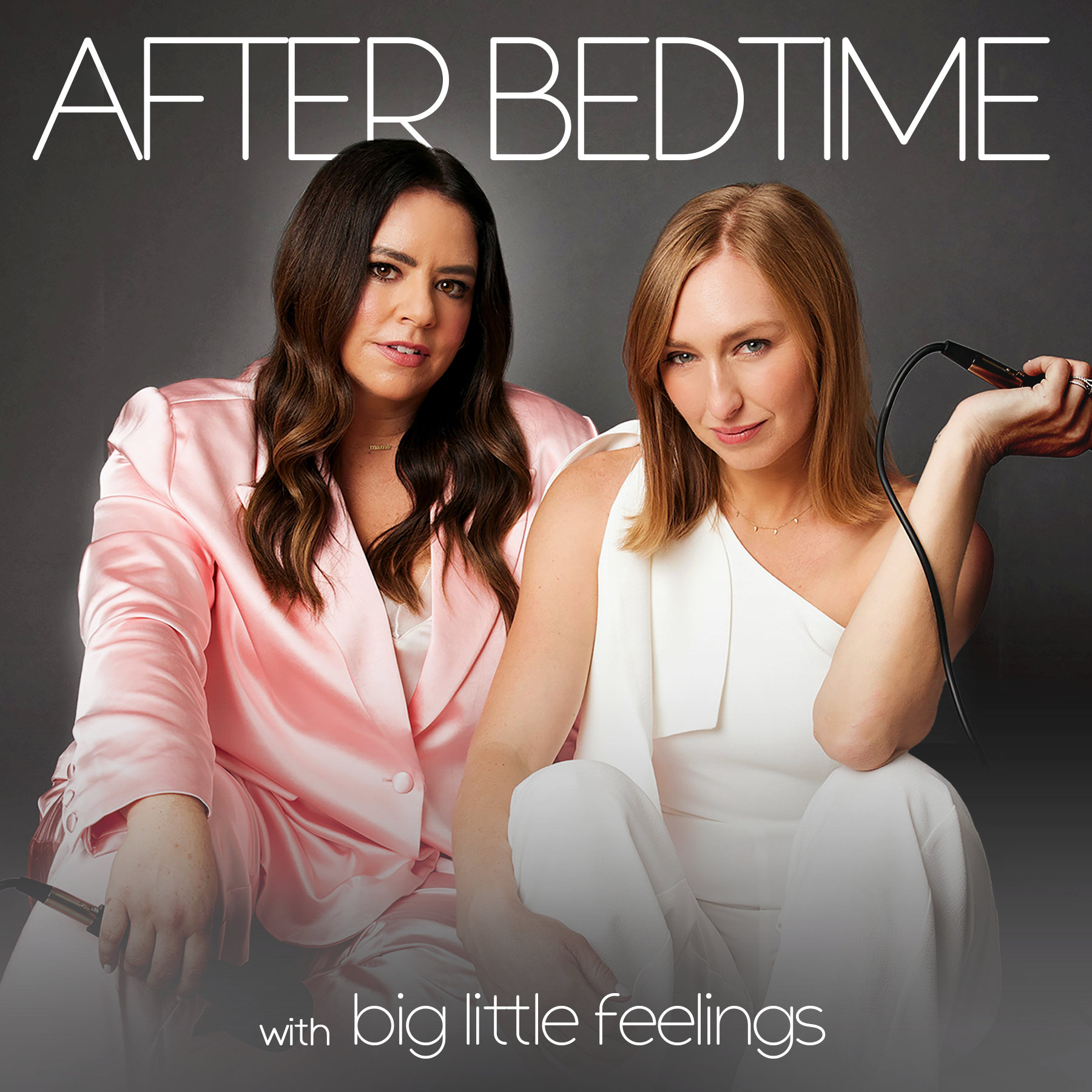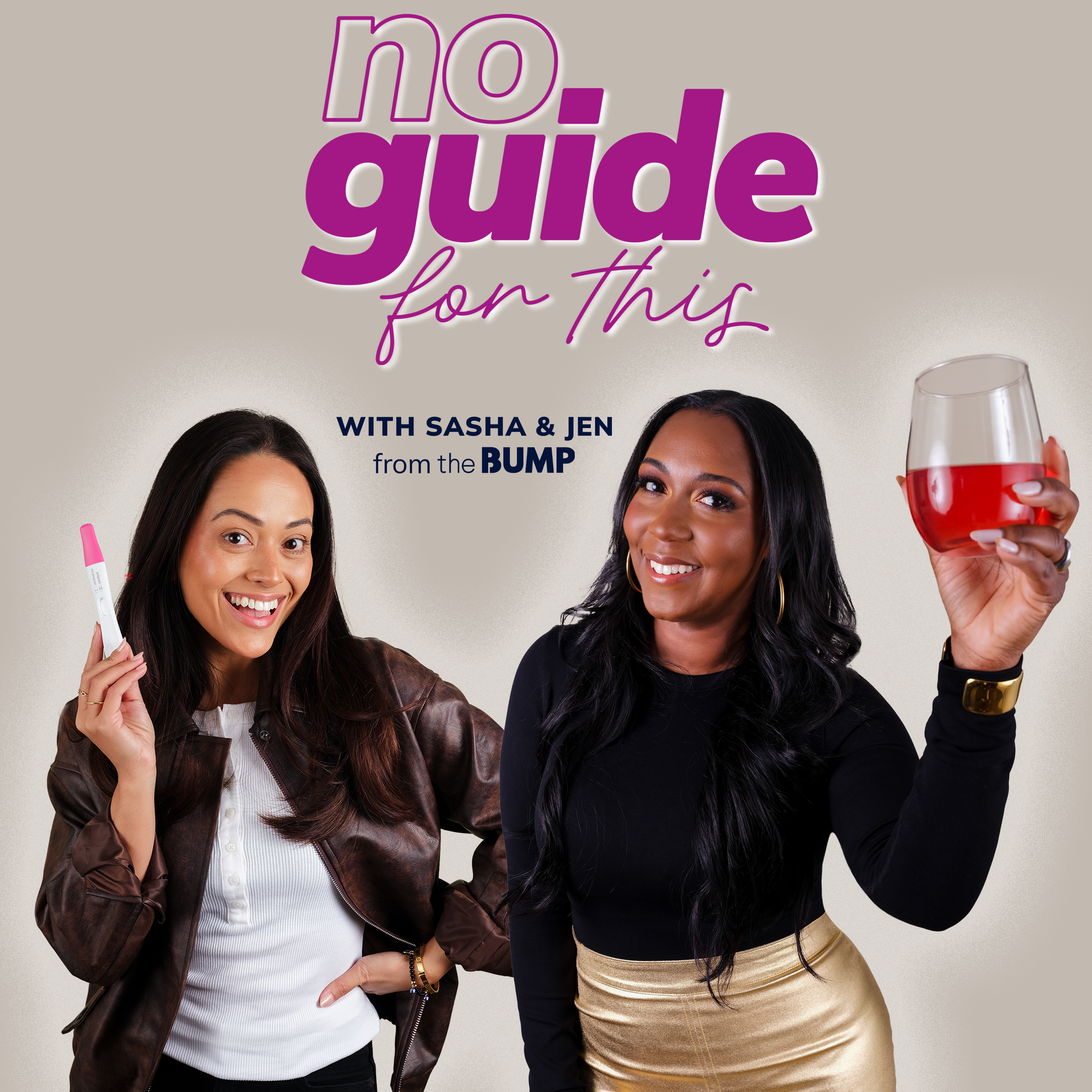The Toxic Mold Survival Guide

If you’ve been hearing more about toxic mold lately, you’re not alone. It seems like everyone— from functional health physicians to home inspectors—is talking about it. But what’s the real deal? Is it a health hazard that’s genuinely worth your attention, or is it just another health trend blown out of proportion?
On a recent episode of The Long Game podcast, hosts Brittany and Anthony Xavier shared their eye-opening experience with toxic mold in their rental home. It started with some preventative health testing, which led to a diagnosis of mycotoxin poisoning. As Brittany explained, “My doctor, Dr. Julie Taylor, told me that I had inflammation, but we couldn’t figure out the source… She said, ‘Maybe you were sick when you took the test.’ I said I didn’t feel sick.” That casual conversation sparked an investigative journey that uncovered a hidden danger in their home.
Let’s separate fact from fiction and break down the frequently asked questions about toxic mold.
What Science Actually Says
Mold is common—but not all mold is toxic.
Mold spores are everywhere—indoors and outdoors. According to the Cleveland Clinic, “Most molds are harmless, but some can produce mycotoxins that may lead to health issues in high concentrations.” The notorious “toxic black mold” (Stachybotrys chartarum) is one type that gets a lot of attention, but many molds can produce mycotoxins under the right conditions.
Mycotoxins are the real concern.
Mycotoxins are toxic compounds produced by certain molds. As Brittany explained, “Mycotoxins are basically what mold puts off. It’s technically mold, but the way they test for it is a little different.” These toxins can be inhaled, ingested, or absorbed through the skin.
Health effects vary widely.
The AAAAI (American Academy of Allergy, Asthma & Immunology) explains that symptoms of mold exposure can range from mild (sneezing, coughing) to severe (fatigue, memory issues, and even fertility problems). Brittany’s doctor was shocked by her high levels of mycotoxins, saying, “It can affect fertility, memory loss, and fatigue… Normally people find mold because they’re really sick and can’t figure out what it is.”
Testing can be tricky.
Air tests often miss mold because they only capture what’s in the air at that moment. “The air testing is only really a snapshot of what’s in the air at that particular time,” Anthony noted. The more accurate method is dust testing, like the ERMI test they used, which detects settled spores in your home.
Removal isn’t always simple.
Mold remediation involves more than wiping down walls with bleach. In Brittany and Anthony’s case, an expert told them, “You have a very sick house. You can see all the different evidence of water damage throughout the years.“
What’s Overblown (Or Just Wrong)
Mycotoxin poisoning is rare.
It’s more common than you’d think, especially in older homes with hidden water damage. Brittany’s family discovered mold in their charming 1930s rental: “We found mold in the rental house we’re living in. It’s a beautiful 1930s home, but it had water damage we didn’t know about.”
Black mold is the only dangerous mold.
While Stachybotrys chartarum is infamous, many other molds, like Aspergillus and Penicillium, can produce mycotoxins. The focus should be on toxin levels, not just the color of the mold.
If you’re not sick, there’s no problem.
Many people, like Brittany and Anthony, don’t immediately notice symptoms. As Brittany put it, “I don’t feel sick, but our immune system could be doing a really good job suppressing it.”
Bleach kills all mold.
Bleach can remove surface mold but doesn’t address spores in walls, carpets, or HVAC systems. Professional remediation is often necessary.
Frequently Asked Questions About Toxic Mold
How do I know if I have toxic mold?
Look for signs like musty odors, water damage, and unexplained health issues. Testing methods include:
- Air testing: A snapshot of current air quality, but not always reliable.
- Dust testing (ERMI or HERTSMI-2): More accurate for long-term exposure.
- Urine mycotoxin testing: Can reveal if your body is detoxing mycotoxins, as Brittany discovered.
What are common symptoms?
- Respiratory issues: coughing, sneezing, sinus congestion
- Fatigue and brain fog
- Skin irritation
- Hormonal imbalances and fertility issues
Brittany shared how her daughter, Jadyn, experienced lingering symptoms: “She always had a cough or a runny nose. I just assumed she had allergies.”
How do I get rid of toxic mold?
- Identify the source: Water damage is often the culprit.
- Professional remediation: DIY methods usually fall short.
- HEPA air filters: These can reduce the finest airborne spores but don’t solve the root problem.
Is mold always visible?
No. Mold often hides behind walls, under floors, and in HVAC systems. As Anthony noted, “There was water damage and debris in the crawlspace, promoting mold growth.”
Should I move if my home has mold?
It depends on the severity. In Brittany and Anthony’s case, the expert recommended moving: “You can’t really detox because you’re constantly getting re-exposed.”
Protecting Yourself and Your Home From Toxic Mold
- Prevent moisture: Fix leaks immediately and use dehumidifiers in damp areas.
- Improve ventilation: Proper airflow reduces humidity.
- Test regularly: Especially if you live in an older home or humid climate.
- Support detox: Brittany’s family used glutathione, saunas, and air filters to aid their recovery.
Toxic mold is real, but it’s not an inevitable threat. Understanding the risks, testing wisely, and taking action can protect your health and home. “I’m thankful we found the mold because, had we stayed there, who knows what it could have done to our health long-term?” Brittany reflects.
If you suspect mold in your home, don’t ignore it. Contact a qualified inspector and advocate for your health—you deserve a safe, clean space to live and thrive.




















Leave a Reply